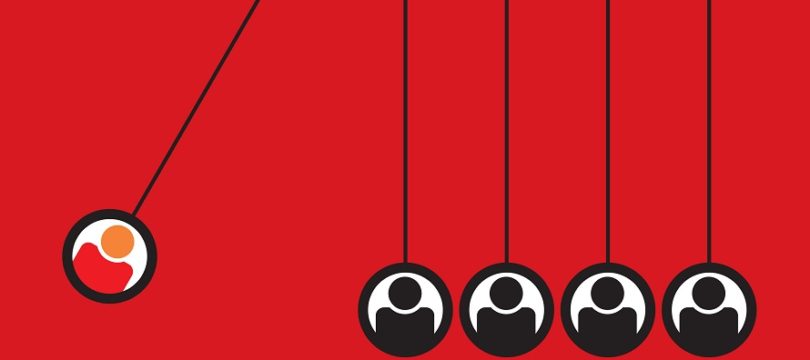
In recent years at BRS we have seen an increased interest from our clients in using the Human Synergistics Leadership Impact and Management Impact diagnostics in place of the Lifestyles Inventory. Each of these offer great value depending on the outcomes the client is looking for and I have written previously on the Leadership Impact (LI) and Lifestyles Inventory (LSI) diagnostics which can be found at the following blog:
What waves are your Executive team creating in your organisation?
Leadership Impact Insights
The Life Styles Inventory tool: Development balanced with accountability for improvement
The Management Impact (MI) diagnostic provides excellent insights for leaders and managers in organisations whose role involves connecting the high-level strategic vision and goals of the organisation, to that of individual business units, teams and individuals. Effective managers align their team with the goals and objectives of the organisation by driving constructive behaviours and decision making, and this is at the core of the feedback provided in the MI.
Participants receive feedback in two areas that influence their effectiveness:
- Impact on Others: The extent to which the manager promotes Constructive behaviours in others.
2. Management Approaches: The frequency the leader approaches key responsibilities in a Constructive way in balance to taking a Defensive approach.
People need to experience Constructive versus Defensive leadership approaches in a frequency of 5:1 in order to have a Constructive impact on others. A mostly Constructive approach leads to an individual being more effective in their role and promotes Constructive behaviours and more effective ways of interacting in others. The individual can identify which handful of the 15 approaches can be used as levers for change to increase individual effectiveness and the Constructive impact they have on others.
For example, a power and control approach to leading a team will typically promote defensive behaviors in individuals. Some may model this behavior and take on a similar approach (Perfectionistic/Power) to how they interact with team members, while others will retreat to maintain a sense of security (Dependent/Conventional) to avoid unwanted attention from their manager. Neither scenario will lead to the team working at their best and being long term effective in the pursuit of the goals and objectives of the organisation.
One of the effectiveness measures I see participants commonly focus on in their feedback is:
To what extent does the leader have:
‘Has a stressful effect on others’ – ‘Has a calming effect on others’
People are at their best when clear on priorities and have a predictable working environment to focus on priorities. The line manager sets the scene for this and receiving feedback that they might be ‘having a stressful effect’ is powerful in bringing about change. Following this theme, typically there will be evidence of the impact this is having on team members in the Impact Circumplex, where stronger Aggressive Defensive and Passive Defensive behaviors are evident. The participant can then work back to the Management Approaches and pinpoint specific areas where they are taking a more Defensive approach to their work.
In terms of action, participants can identify a handful of high impact, practical areas of focus. Some common areas I see in Action Plans include changing the approach to 1:1 and team meetings, taking a more structured and participative approach to 90-day plans, and identifying contrasting impacts in different relationships, such as with peers versus direct reports versus with their manager.
The MI Report is very detailed and really needs the participant to put aside time to review the report in detail following the debrief. This detailed review ensures maximum value from the coaching process, and the ability for the participant to distill the detailed feedback into several clear focus areas. This step is the most challenging in the process, leaders that have a considerable hands-on ‘management’ component in the role sometimes find it difficult to prioritise the time required to review the report and identify high impact focus areas. With this in mind, completing a group aggregate MI Report and reviewing feedback as a group supports accountability for everyone and provides the opportunity to identify agreed development areas both individually and collectively.
Like all tools, the value is in the debrief process and the action that follows. It is critical that participants commit to improving their effectiveness not only for themselves but to reciprocate the investment of time and money their organisation has made in their development.



